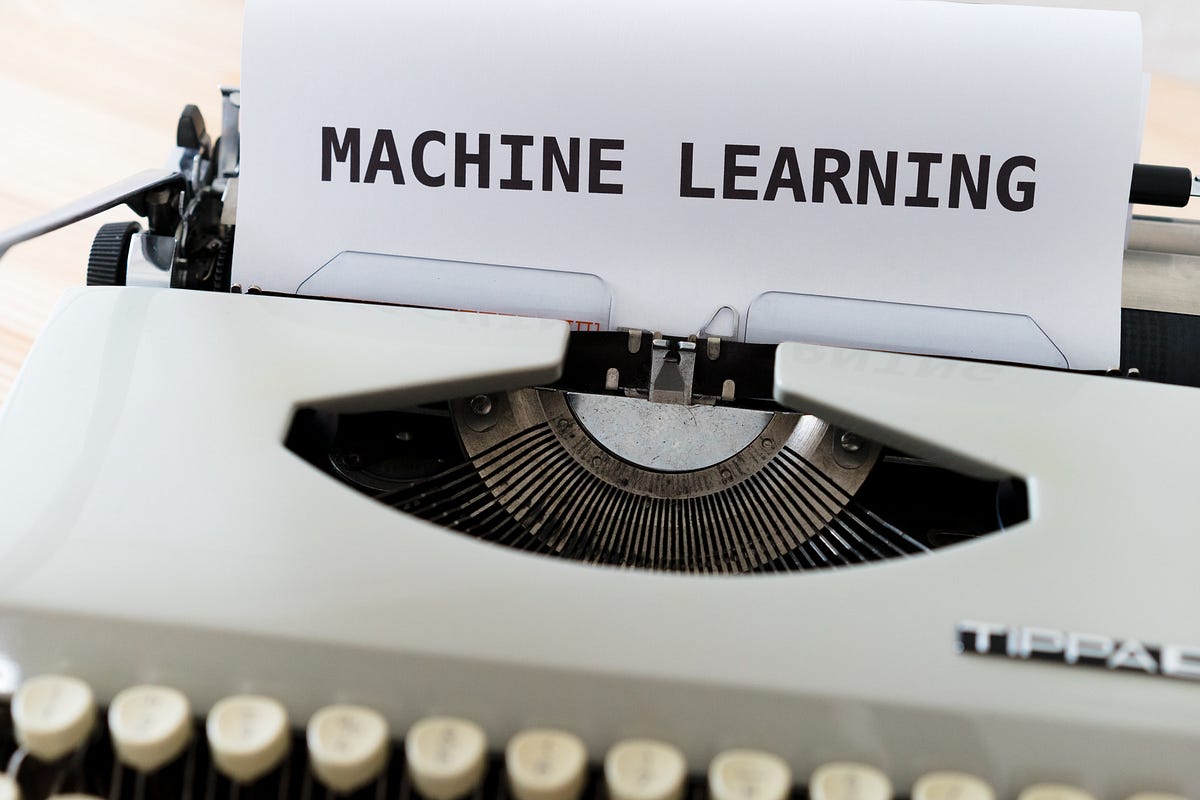Machine learning is a pioneer subset of Artificial Intelligence, where Machines learn by itself using the available dataset. For the optimization of any machine learning model, an acceptable loss function must be selected. A Loss function characterizes how well the model performs over the training dataset. Loss functions express the discrepancy between the predictions of the model being trained and also the actual problem instances. If the deviation between predicted result and actual results is too much, then loss function would have a very high value. Gradually, with the help of some optimization function, loss function learns to reduce the error in prediction. In this article, we will go through several loss functions and their applications in the domain of machine/deep learning.
There is no universal loss function which is suitable for all machine learning model. Depending upon the type of problem statement and model, a suitable loss function needs to be selected from the set of available. Different parameters like type of machine learning algorithm, degrees of the percentage of outliers in the provided dataset, ease of calculating derivatives etc. play their role in choosing loss function.
The loss functions are mainly divided into two major categories of Regression losses and** Classification losses**. In this article, only Classification losses will be discussed. For know more about Regression losses, go to the link https://medium.com/analytics-vidhya/common-loss-functions-in-machine-learning-for-a-regression-model-27d2bbda9c93.
(Note: Regression function generally predicts a value/quantity, whereas classification functions predict a label/class)
#loss-function #artificial-intelligence #classification #machine-learning #ai
